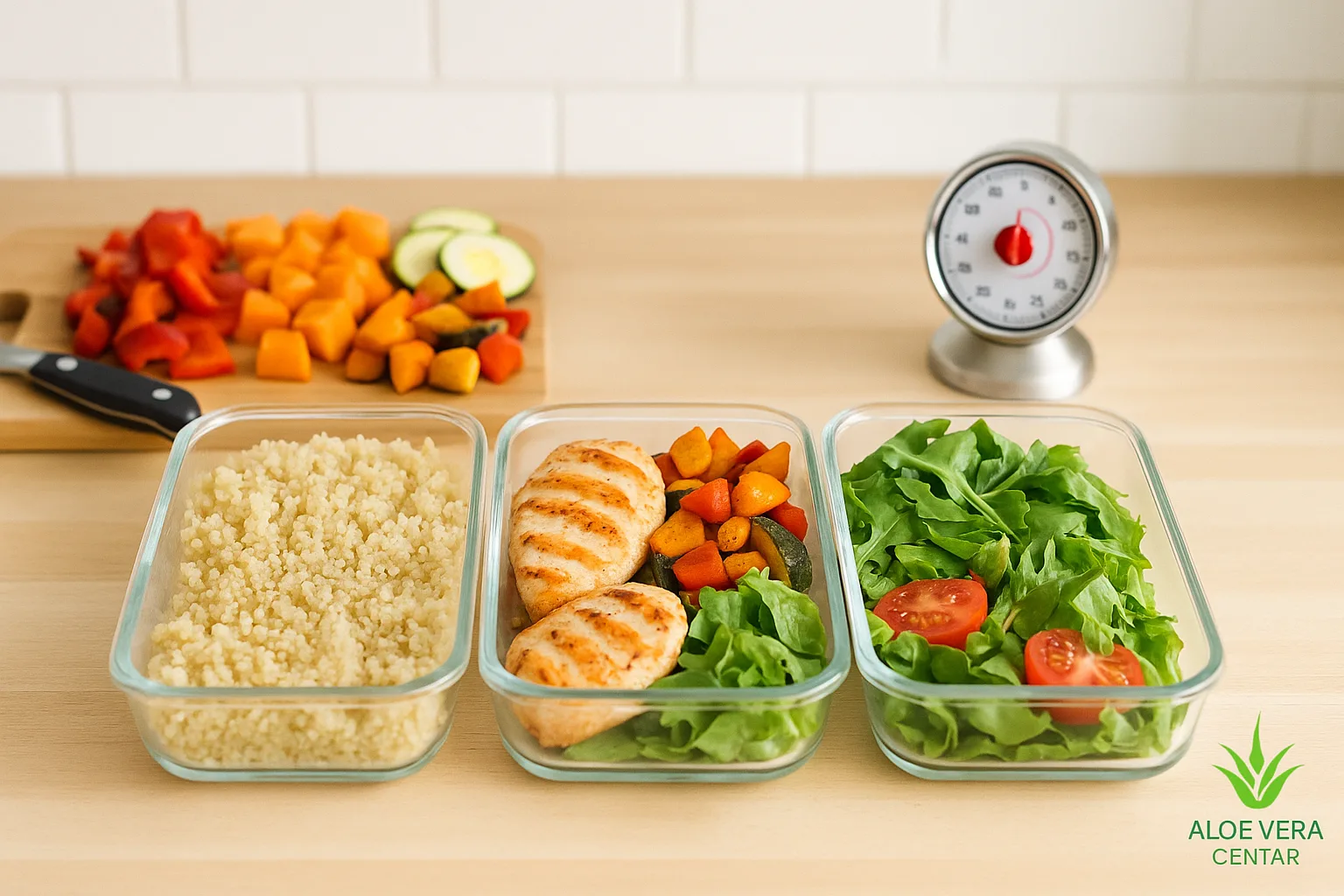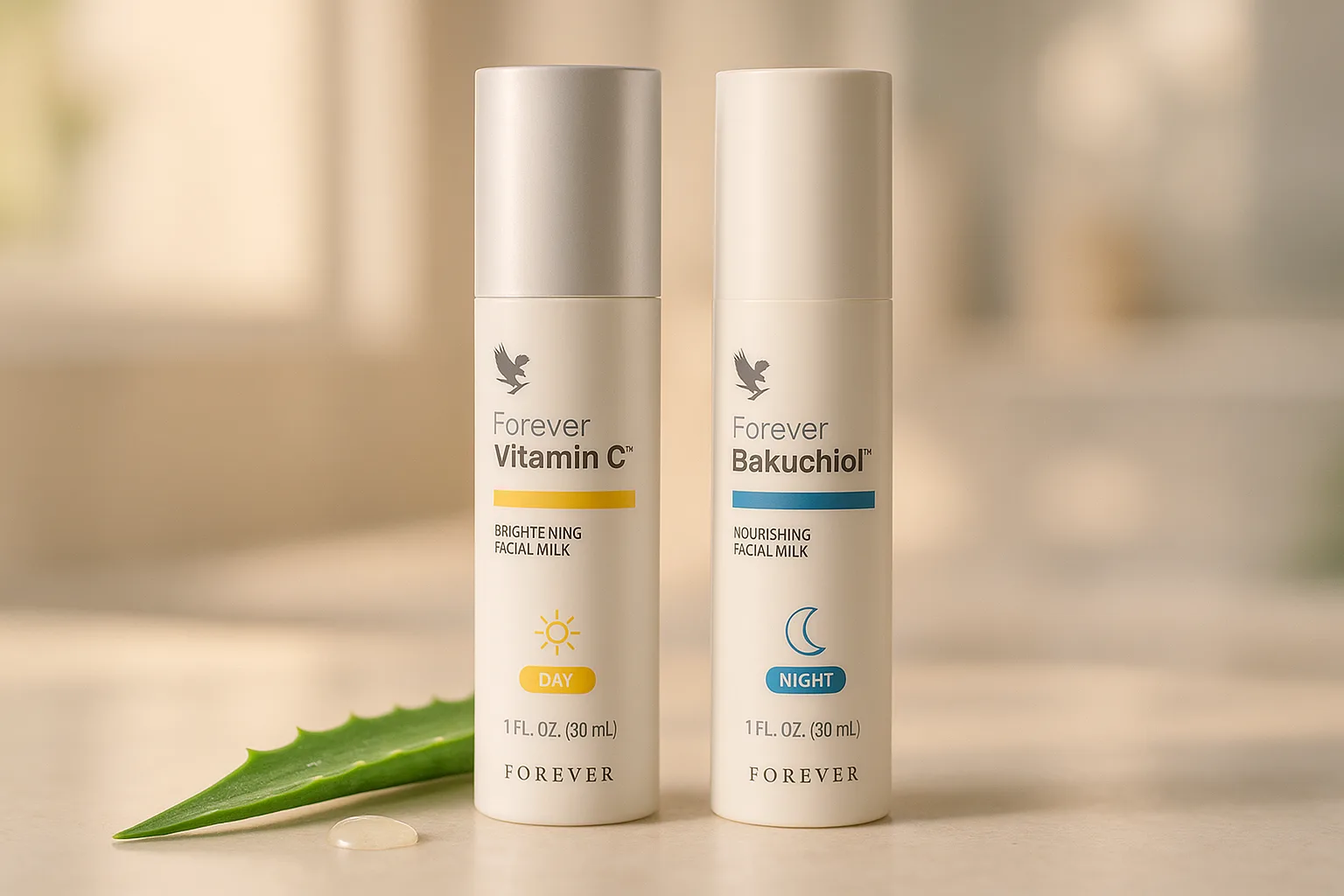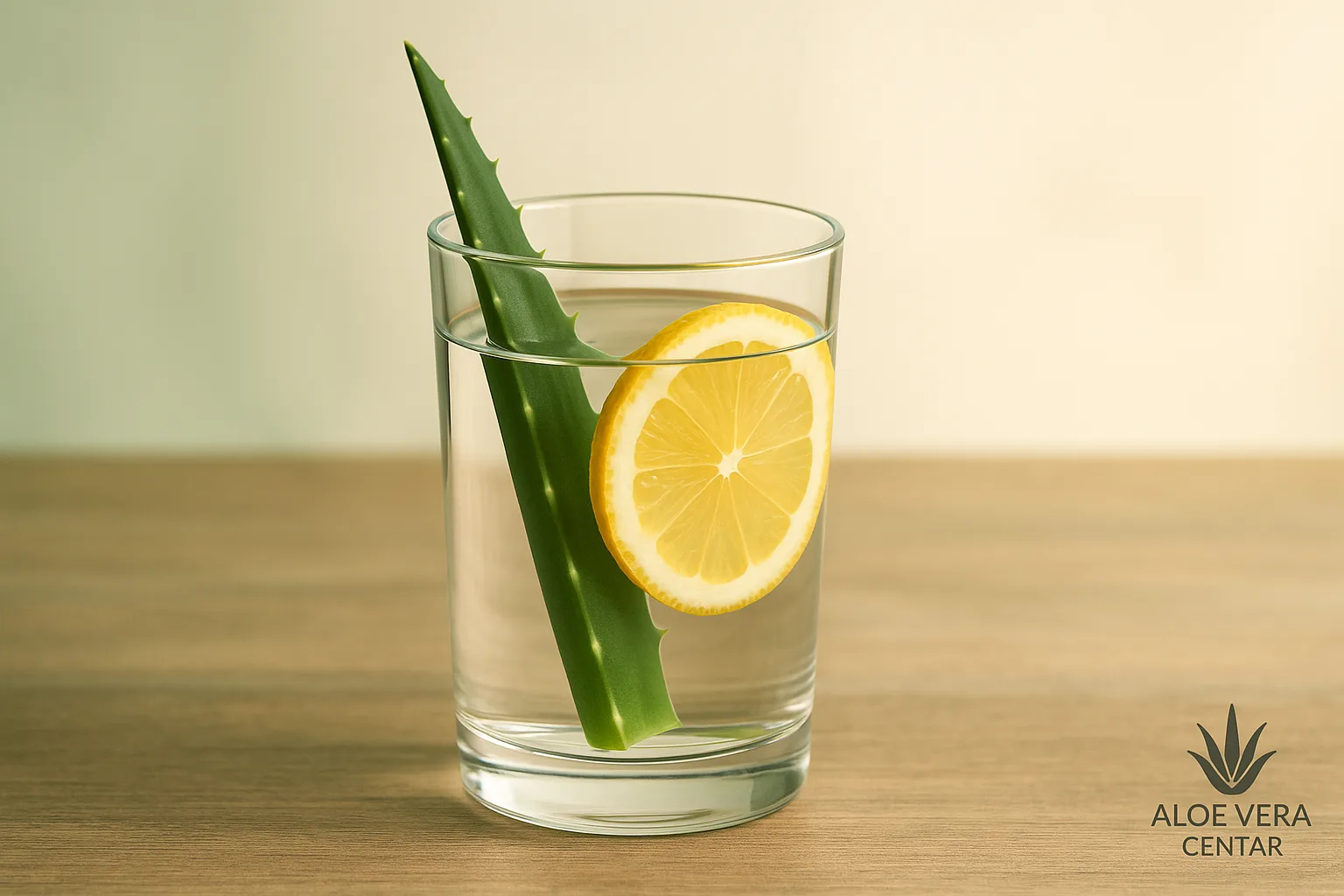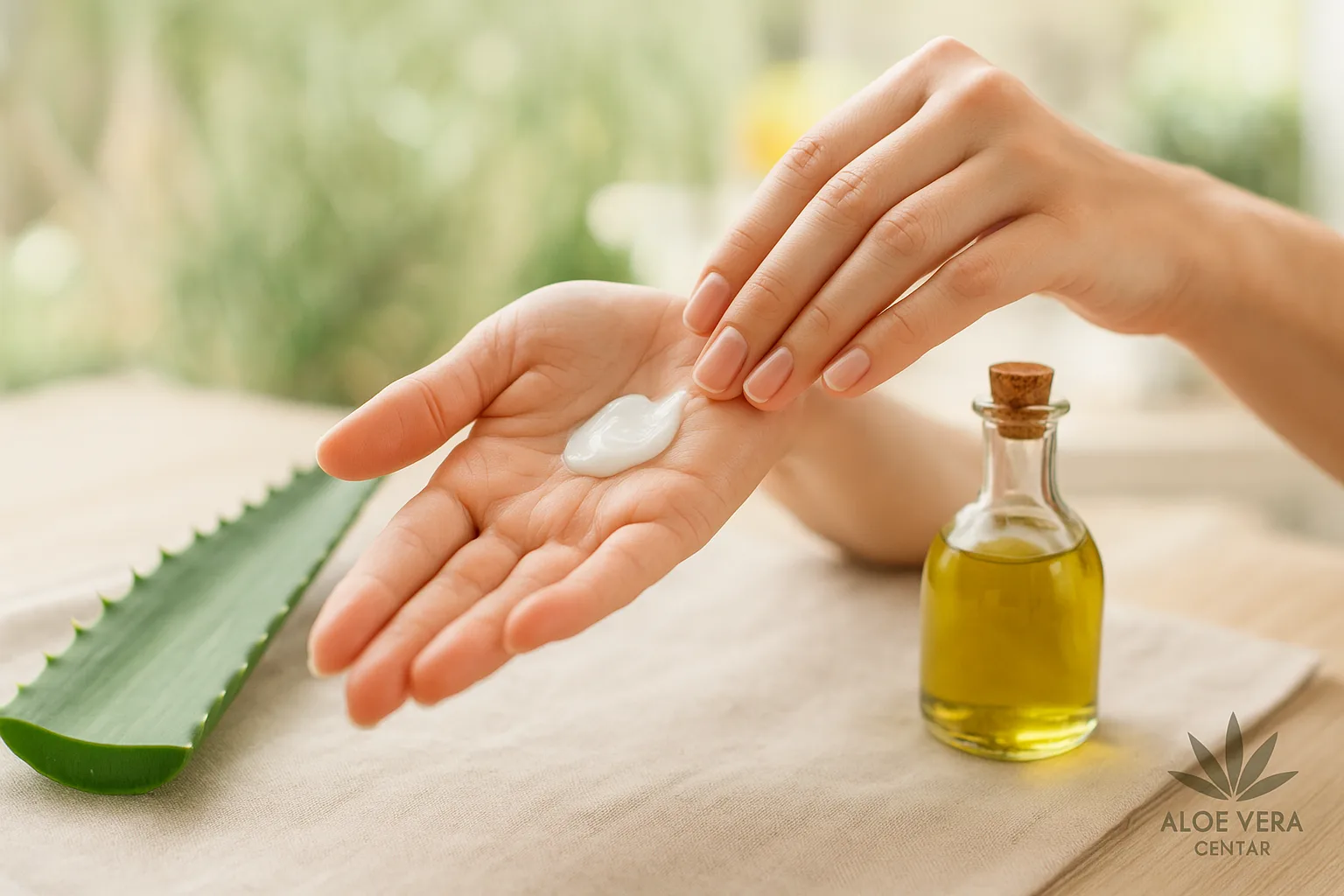
Meal Prep Guide: save Time in the Kitchen with Quick Healthy Meals
Kitchen Time-Saving: Meal Prep Tips for Quick Healthy Meals
Meal prep isn’t just for fitness enthusiasts or cooks with plenty of free time. If you’re juggling work, family, and your own health, planning and preparing meals in advance becomes the most practical trick to save hours during the week. You might wonder why? Because once you do smart shopping and set aside 60 to 120 minutes for cooking, you’ll eat better for the rest of the week, spend less, and have more energy. In this guide, you’ll get a proven system for planning, shopping, cooking, and storing meals that are delicious, balanced, and ready when you are.
Why Meal Prep Works
Simply put: it saves time, money, and stress. Instead of asking “what to eat today” every day, you just assemble prepared components. Here’s the deal:
- Fewer decisions during the week means less stress and more consistent habits.
- Better choices because you already have healthy options on hand, reducing the chance of reaching for quick, less healthy food.
- Money savings because you shop strategically and use ingredients completely.
Want more inspiration for combinations? Check out our healthy lunch recipes and start building your weekly menu.
Three Time-Saving Meal Prep Models
1) Batch Cooking
Cook larger quantities of basic dishes and switch up seasonings throughout the week. Examples: roasted chicken, brown rice, roasted vegetables, lentil stew, tomato sauce. Use these to make burrito bowls, salads, or stir-fries.
2) Mix Match Components
Prepare 2 protein sources, 2 grains, and 3 types of vegetables. Then combine differently each day. Quick, flexible, and always fresh on your plate.
3) Ready-to-eat Sets
Cut and arrange ingredients in containers: vegetables for omelets, salads, wraps, prepared spreads, and dips. When hungry, just grab and assemble your meal.
15-Minute Plan: A Weekly Framework That Works
- Check your schedule for the week and mark cooking days and “from the box” eating days.
- Choose 2 proteins (e.g., chicken and beans), 2 grains (quinoa and whole grain pasta), and 3 vegetables (broccoli, bell pepper, zucchini).
- Add 1 soup or stew for two quick lunches.
- Prepare breakfasts for 3 days (overnight oats, chia pudding, or omelet muffins).
- Plan hydration and warm beverages. For example, read about how weight loss teas can become part of your routine, or consider Aloe Vera juice as a refreshing addition.
Need extra help with meal structure and digestion? This healthy digestion meal plan offers clear steps on how to put together a menu that “works” for you.
Smart Shopping: How to Buy Once for Multiple Days
- Make a list based on chosen recipes. Divide into categories: proteins, grains, vegetables, fruit, dairy, other.
- Shop seasonally and choose ingredients that keep well in the fridge or freezer.
- Choose longer-lasting ingredients for the end of the week: zucchini, carrots, sweet potatoes, frozen vegetables.
Tip for more nutritious cooking: see how low-temperature cooking helps preserve vitamins and minerals.
Stress-Free Food Safety
Safety is a priority. Cool cooked food within 2 hours, divide into shallow containers, and refrigerate. Keep most dishes 3 to 4 days in the fridge, longer in the freezer. When reheating, heat until steaming hot and stir for even temperature. For salads and fresh components, keep dressings and sauces separate until serving.
Weekend Prep: 90 Minutes to a Full Fridge
- Turn on the oven and roast a sheet of vegetables and meat or tofu.
- On the stovetop cook quinoa and pasta while vegetables are roasting.
- Meanwhile blend one spread and one dressing.
- Cut snacks (carrots, cucumber, bell pepper) and pack into small containers.
For side dish inspiration, try our healthy potato recipes with aloe marinade that pair perfectly with roasted meat or fish.
Container Set and Tools That Make a Difference
- Glass containers with hermetic lids for lunches and dinners.
- Small containers for dressings and seeds.
- Good boxes with compartments for work or school meals.
- Knife and cutting board quality and safe for faster cutting.
- Blender for smoothies, soups, and spreads.
If you like liquid meals or quick breakfasts, explore the topic of smoothie or fresh juice and choose what works better for you.
Quick Menu: 10 Combinations in 10 Minutes
- Bowl: quinoa + roasted vegetables + chicken + Greek yogurt + chili flakes.
- Tortilla: whole grain tortilla + beans + corn + avocado + salsa.
- Salad: arugula + tuna + olives + cherry tomatoes + lemon vinaigrette.
- Pasta: whole grain pasta + tomato sauce + lentils + parmesan.
- Wok: basmati rice + stir-fry vegetables + tofu + soy sauce + sesame.
- Omelet muffins + cucumber and yogurt salad.
- Roasted sweet potato + chickpeas + tahini dressing + parsley.
- Thick bean stew + whole grain bread + green salad.
- Wrap: chicken + hummus + spinach + bell pepper + cucumber.
- Chia pudding + berries + handful of walnuts.
For days when you come home late, these healthy dinners for late arrivals are an excellent solution.
Protein and Fiber for Longer Satiety
When assembling meals, aim for a combination of protein, complex carbohydrates, healthy fats, and fiber. This stabilizes energy and keeps you fuller longer. If you like shakes as a snack or meal replacement when in a hurry, a practical option is Forever Lite Ultra Vanilla with fruit and nuts. Want to boost fiber in soups, yogurt, or smoothies? Consider Forever Fiber which easily fits into your daily schedule and helps with appetite control.
What and How to Freeze
- Best for freezing: stews, tomato sauces, roasted vegetables, cooked grains, oat pancakes.
- Less ideal: fresh salads with leafy greens and prepared dressing, boiled potatoes, dairy-based sauces without additives.
- Technique: portion into shallow containers, label with date and contents, thaw overnight in the refrigerator.
Micro-tricks That Speed Everything Up
- Marinade as magic: the same piece of chicken becomes a different dish with lemon and herbs one day, and curry and yogurt the next.
- Baking sheet is your best friend: everything on one sheet, less dishes, faster ready.
- Double cooking: while stew simmers, the oven roasts vegetables and proteins.
- Backup plan: keep frozen vegetables and whole grain bread on hand.
Need extra motivation and structure for a “detox” phase? Take a look at C9 recipes for ideas on lighter meals and kitchen organization during intensive days.
Hydration and Warm-up Drinks
We often forget to drink enough, but adequate hydration makes a difference in focus and satiety. If you need a routine, consider a thermos with tea, lemon water, and a schedule of 2 glasses by 11 AM, 2 by 3 PM, and 2 by 7 PM. For extra comfort, explore our tips for detox teas and add them to your evening routine.
Sample Weekly Cooking Plan
Sunday: roasted chicken, sheet of roasted vegetables, quinoa, bean stew, yogurt and lemon dressing.
Tuesday: replenish leafy greens and fresh fruit.
Thursday: cook another grain and bake tofu for Friday.
Common Mistakes and How to Avoid Them
- Overcomplicated menu: stick to 2 proteins, 2 grains, and 3 vegetables per round.
- Too many wet ingredients: keep sauces and dressings separate until eating.
- Lack of seasoning: change the spice profile and you’ll get a new dish without extra hassle.
Ideas for Breakfasts, Lunches, and Dinners
Breakfast: overnight oats with berries, omelet muffins, smoothie bowl.
Lunch: tuna and quinoa salad, chicken and hummus wrap, lentil and vegetable bowl.
Dinner: roasted sweet potato and chickpeas, pasta with tomato sauce and spinach, vegetable and tofu stir-fry.
Bonus: Quick Drink When On the Go
When you know a “crazy day” is coming, prepare a shaker and a bag with protein supplement and a handful of nuts. If you’re a fan of practical solutions, Forever Lite Ultra Vanilla can serve as a quick, balanced drink with water or plant milk and some fruit.
Need Quick Personalized Help?
If you want someone to suggest combinations based on your goals, tastes, and time, use our AI advisor and get a plan that fits your routine. When you’re ready to order, don’t forget to get a 15% discount on selected products.
Frequently asked questions
How long can prepared meals be stored in the refrigerator?
The general recommendation is 3 to 4 days in the refrigerator, and use the freezer for longer storage. Keep sauces and dressings separate, and assemble salads just before eating.
Is it better to freeze or keep in the refrigerator?
If you know you won’t eat it within 3 to 4 days, freezing is the safer choice. Portion into shallow containers, label with date and contents, and thaw in the refrigerator.
How to avoid vegetable “mush” in the container?
Don’t overdo it with dressings, keep them separate, and choose vegetables that hold up well, like carrots, bell peppers, broccoli, and zucchini.
How to ensure enough fiber and protein when in a hurry?
Add a protein source to each bowl (chicken, eggs, fish, tofu, legumes) and include whole grains and vegetables. If needed, reach for practical solutions like Forever Fiber.
Conclusion
Successful meal prep is a habit, not a sprint. Start small: 2 proteins, 2 grains, 3 vegetables, and one dressing. Then add a new idea and combination every Sunday. Need a personalized plan based on your goals and taste? Click and use our AI advisor, and when buying products for kitchen routines and better organization, be sure to use the 15% discount. Now you have the knowledge, tools, and plan. It’s time to free up your schedule and enjoy good meals every day.
Note: This text is for educational purposes and is not a substitute for professional medical advice. For specific health conditions or nutritional needs, consult a doctor or qualified professional.
Additional Resources and Practical Ideas
Meal prep isn’t just about smart cooking – it’s also about caring for daily habits and small rituals. If you spend a lot of time in the kitchen, natural hand care will come in handy. Check out the recipe for aloe vera hand cream that provides hydration after food preparation and frequent dish washing.
To ensure your meals truly have nutritional value, remember how important it is to get enough fresh ingredients. Here you can read practical tips about how to get 5 portions of fruits and vegetables daily without additional schedule burden.
If you’re a fan of multifunctional solutions, you’ll also be interested in how aloe vera in the household can become an ally in maintaining cleanliness and a healthy environment – from natural skin care to kitchen tricks.
You can explore and order the mentioned products through this link: https://forevercard.club/ddglabhlcn. There you’ll get a maximum discount of 15% on all Forever products, and also access the AI assistant with whom you can discuss your health and nutritional needs.
Ultimately, meal prep is a habit that saves time and energy, but also opens up space for creativity in the kitchen and healthier life choices. Combine small tricks, natural products, and practical tools – the result will be greater control over your schedule and more enjoyment in meals.







